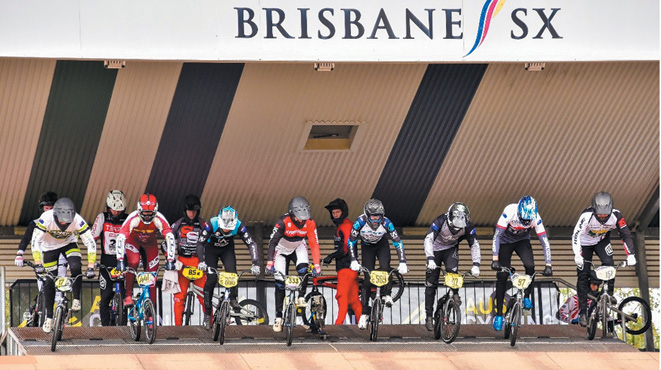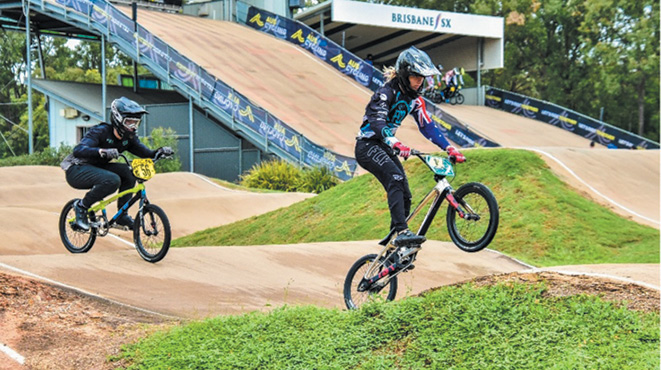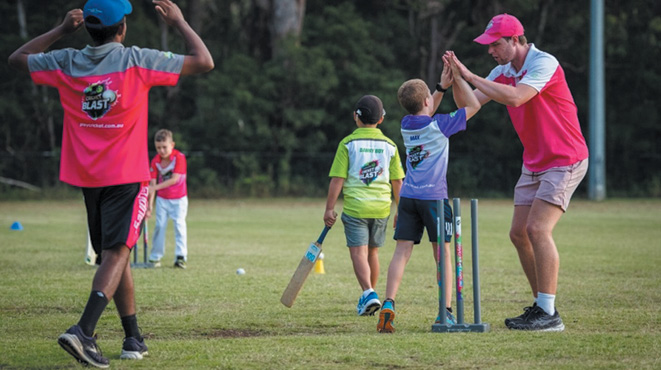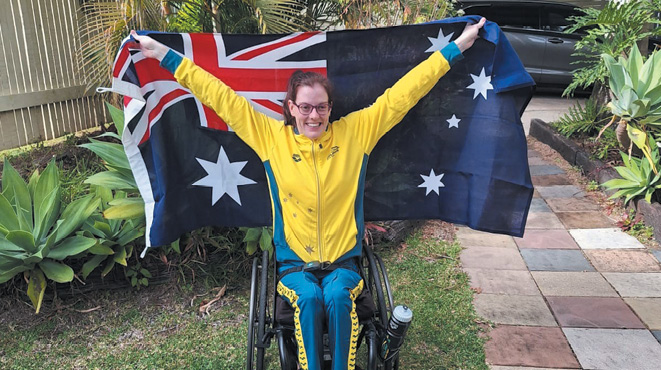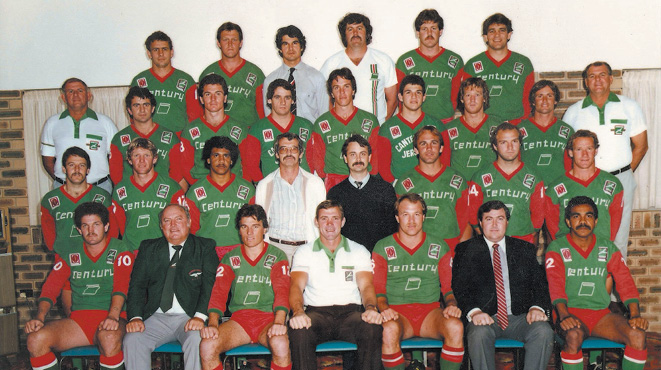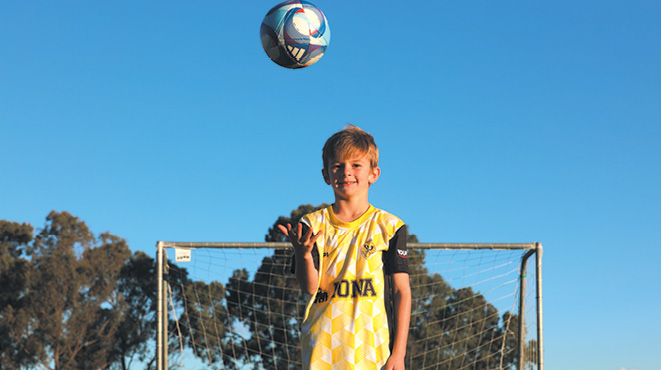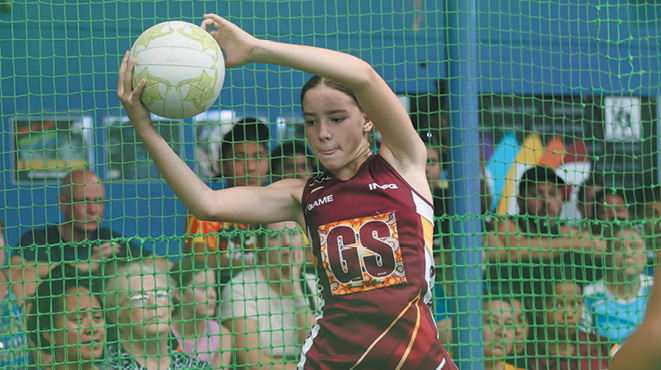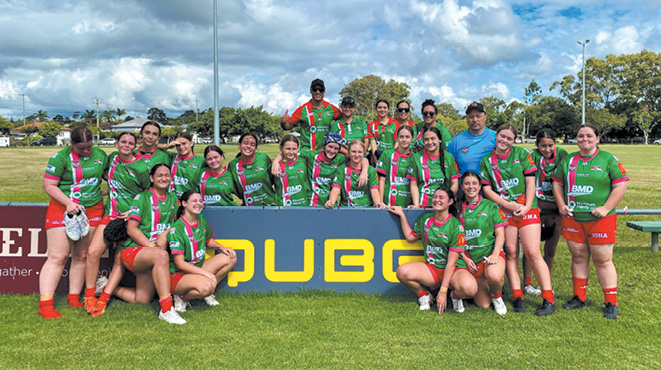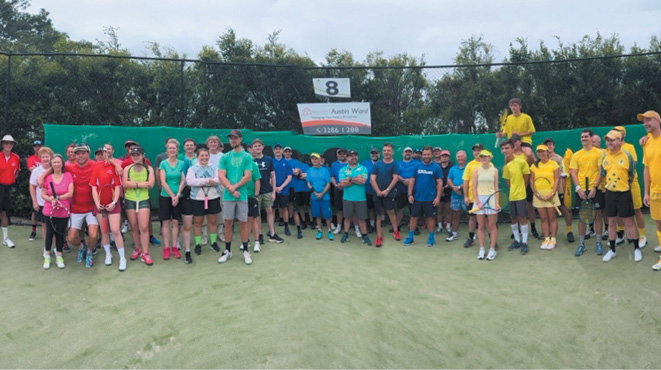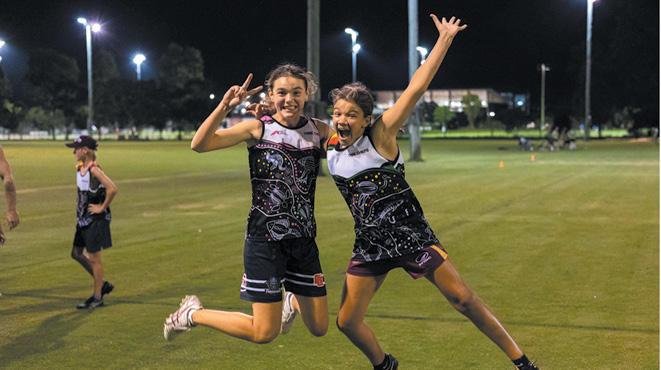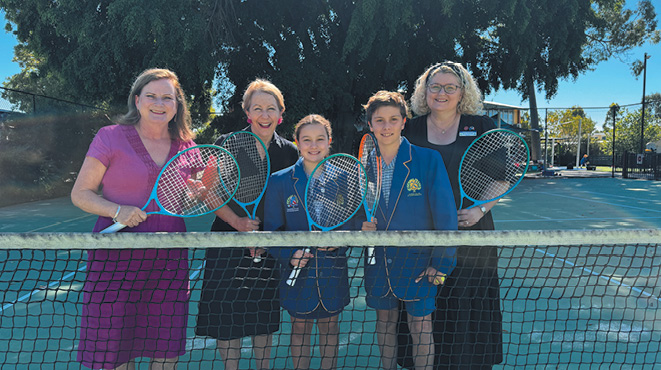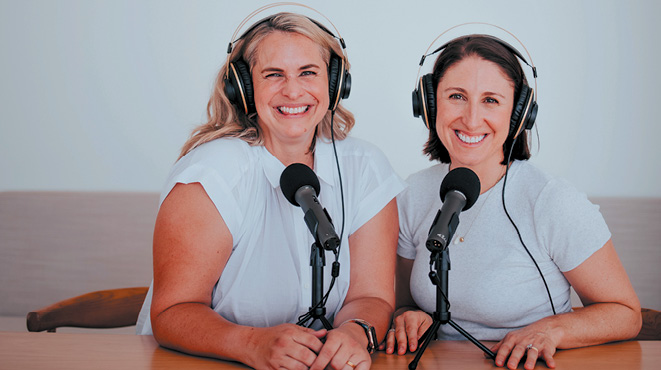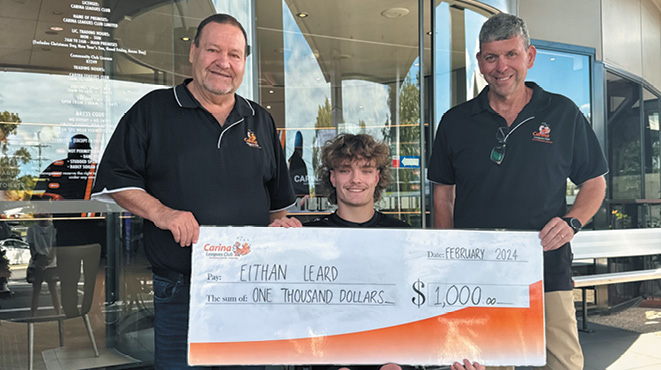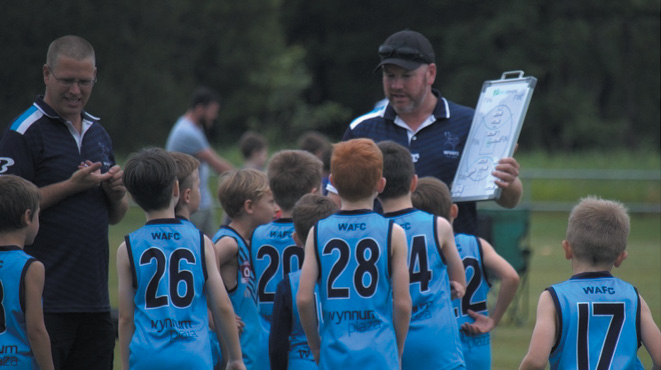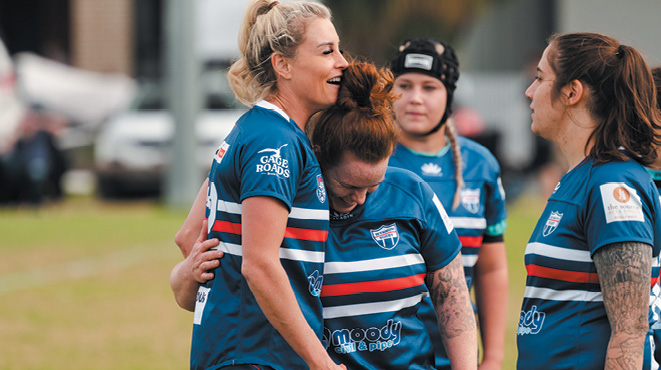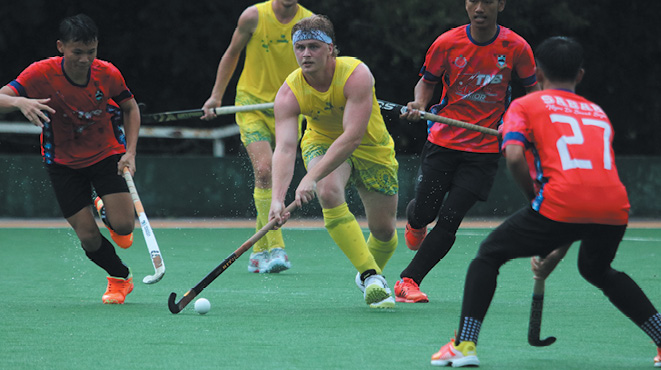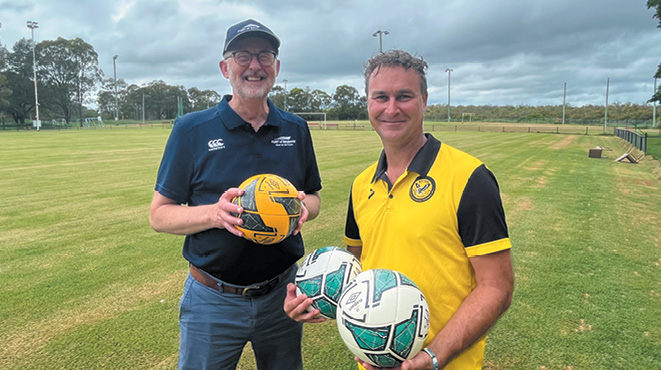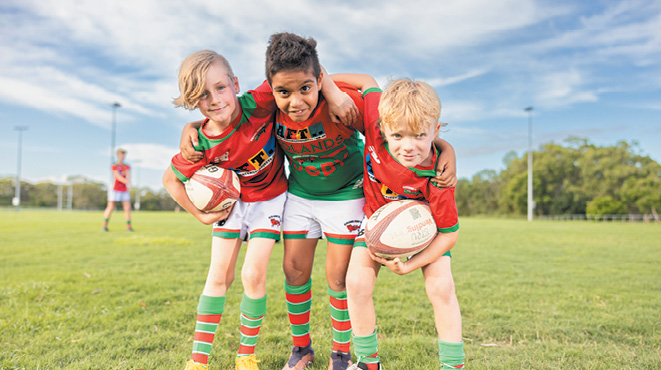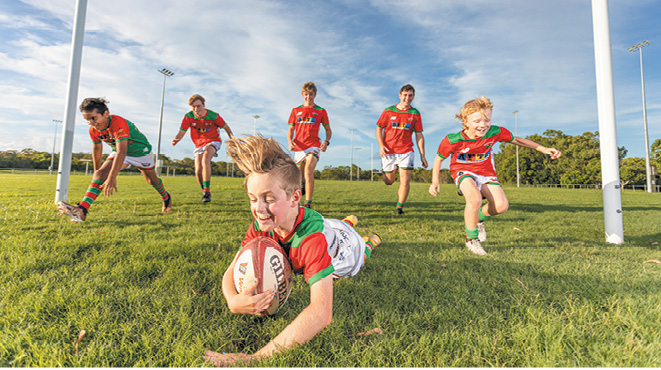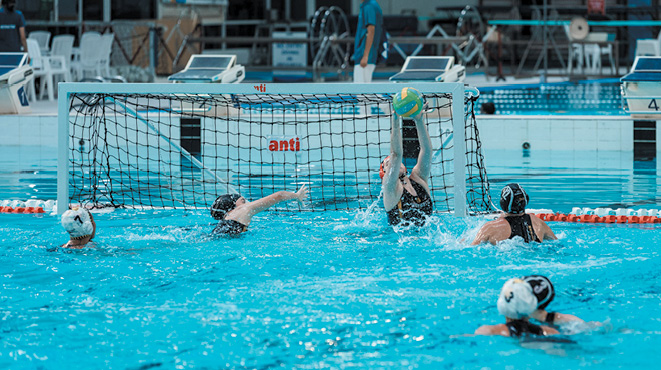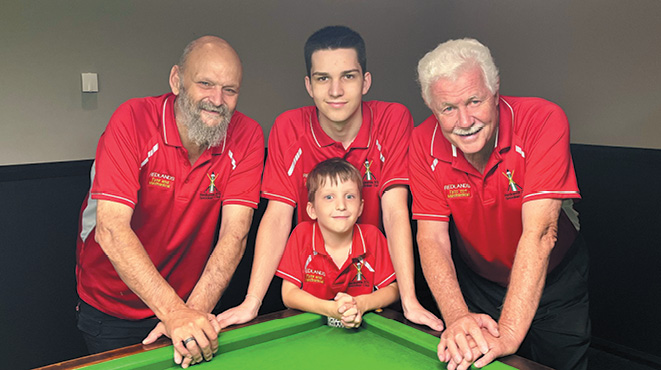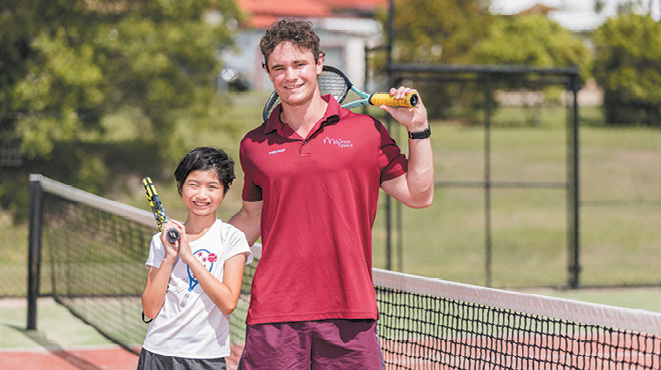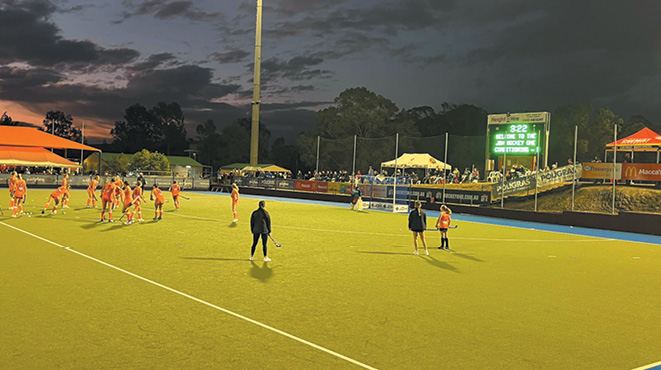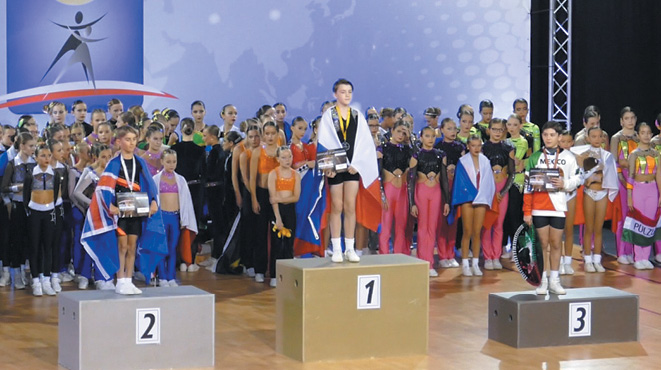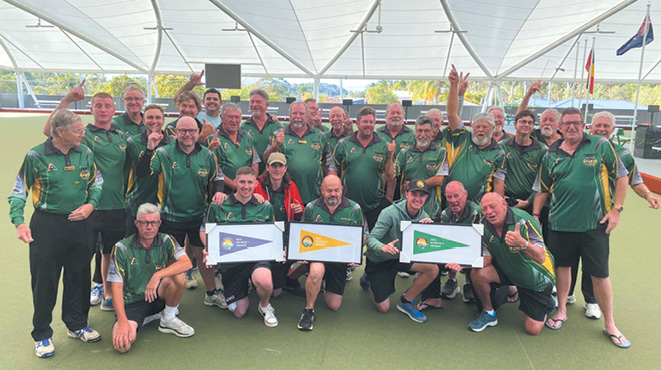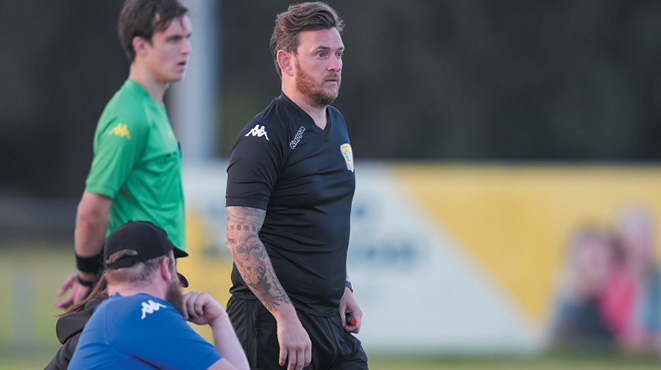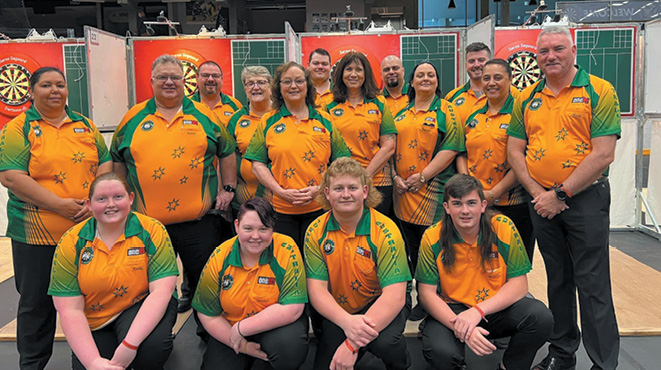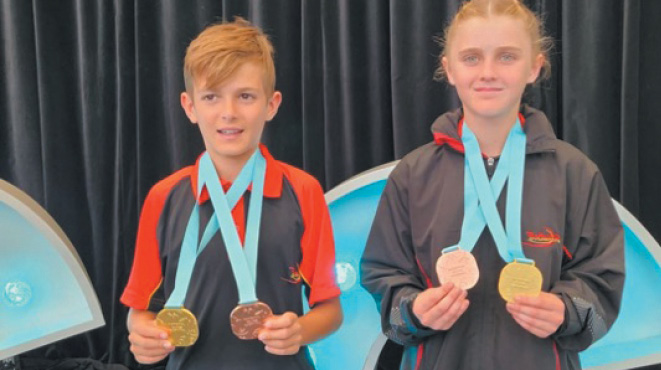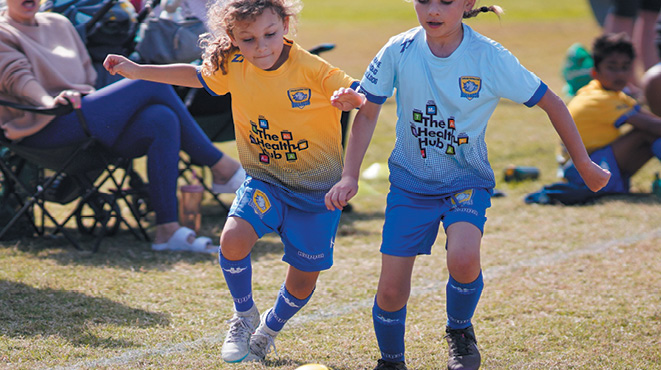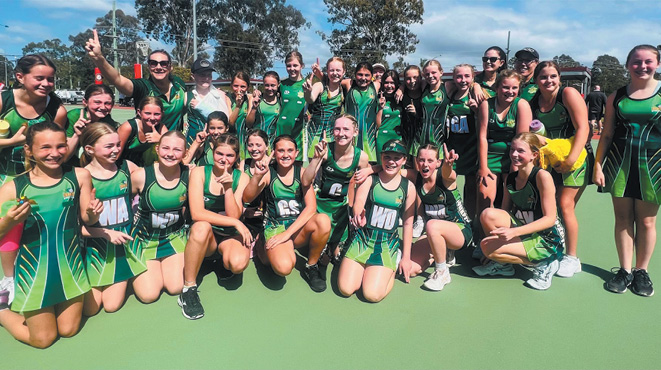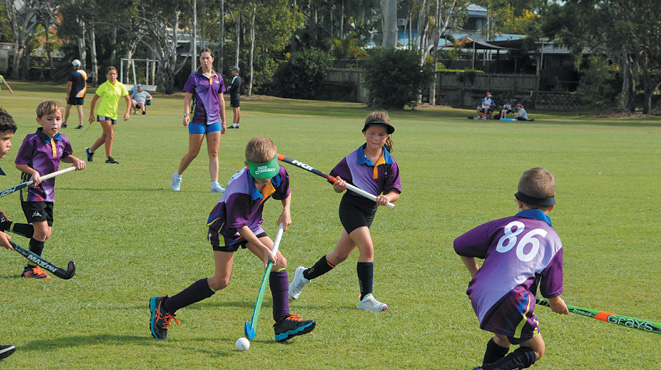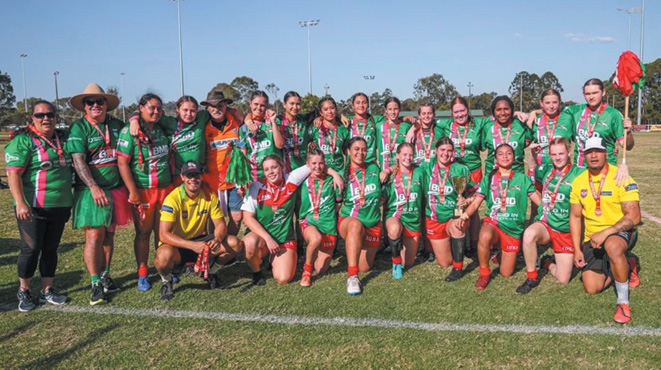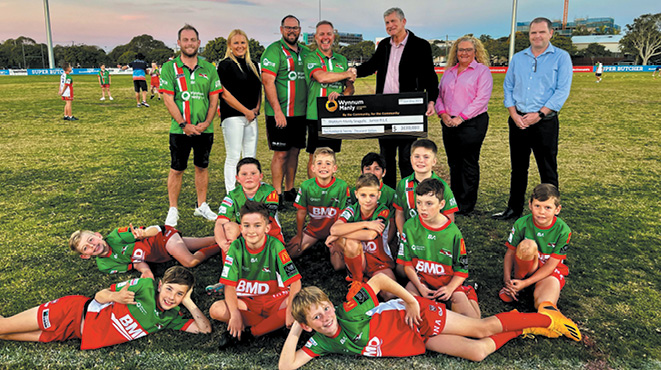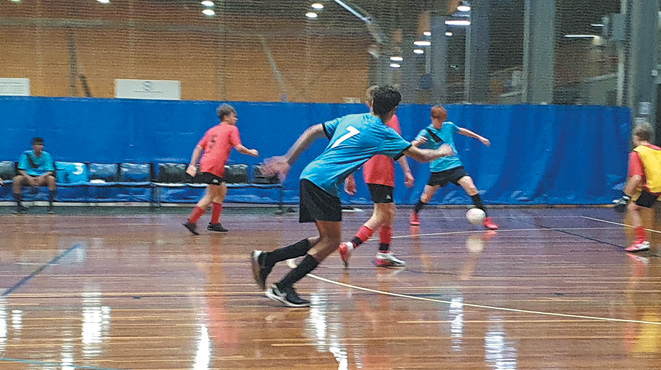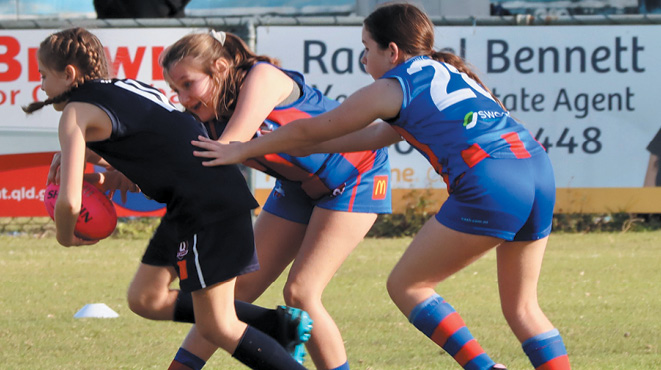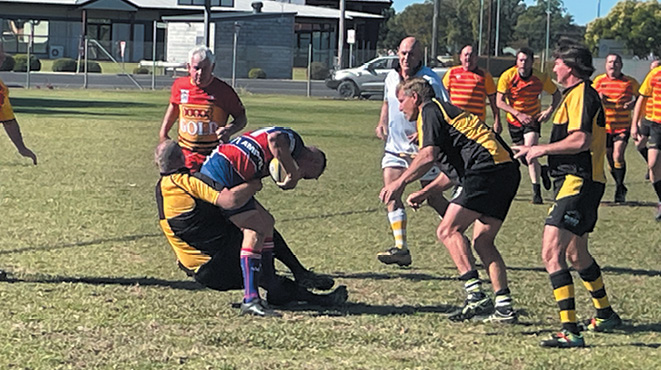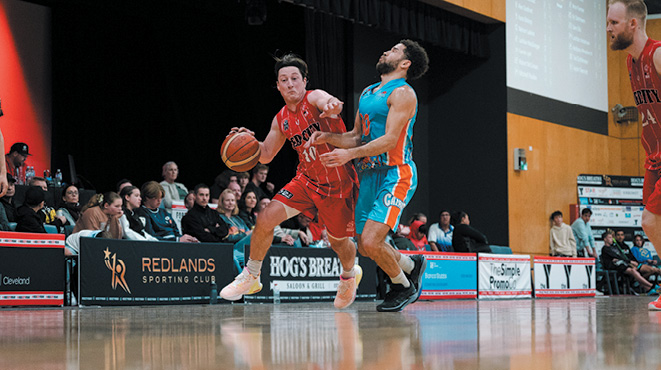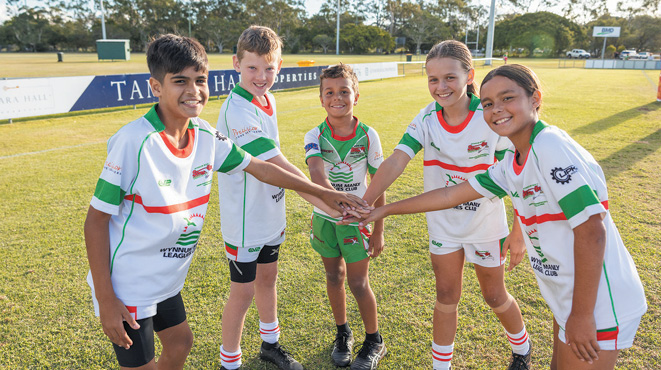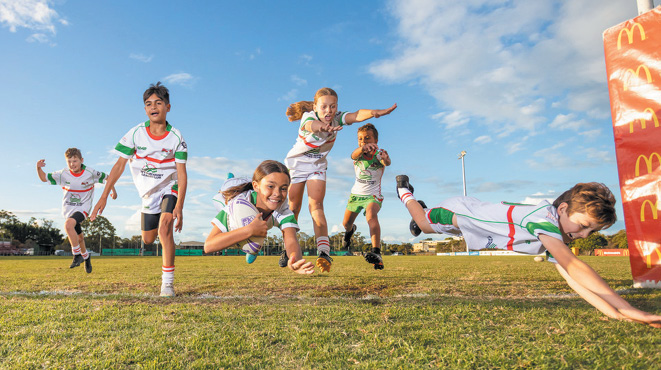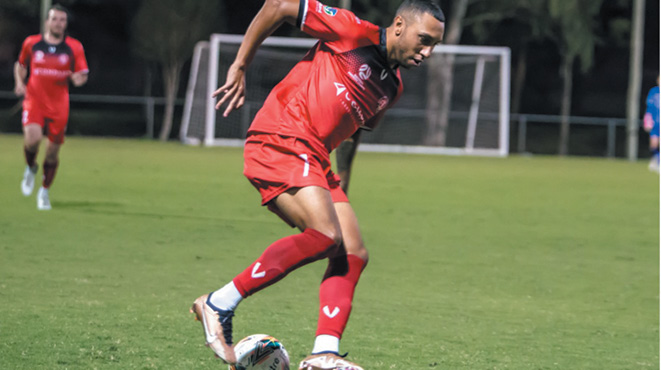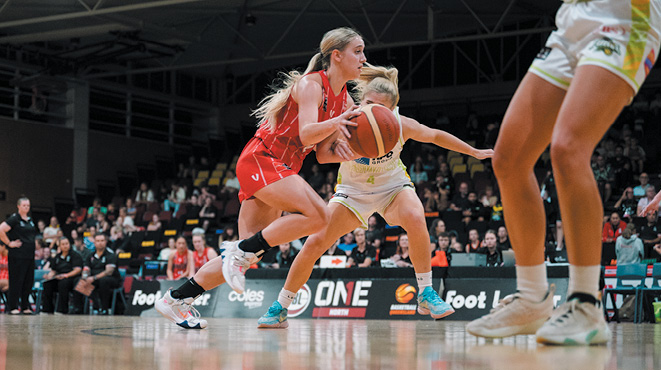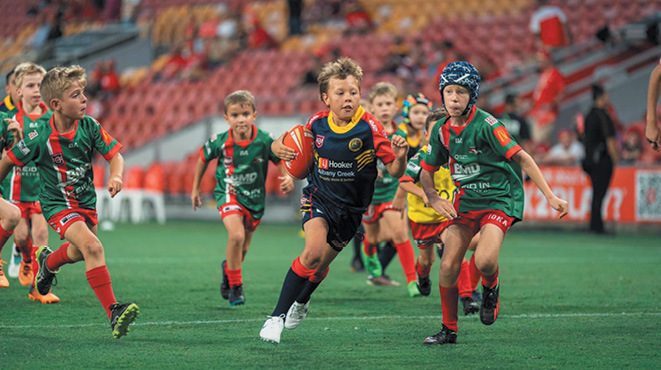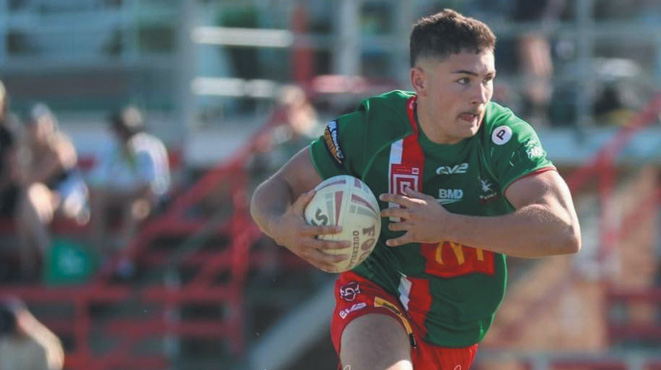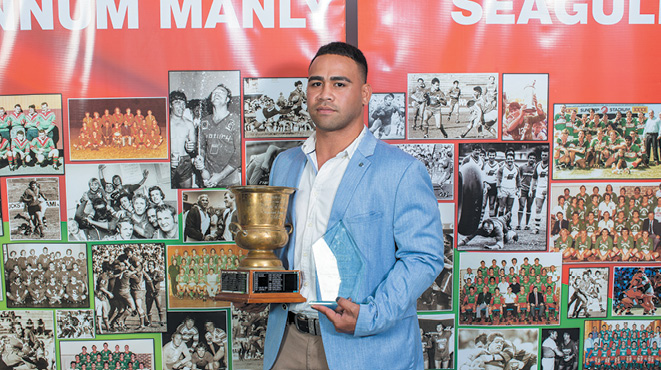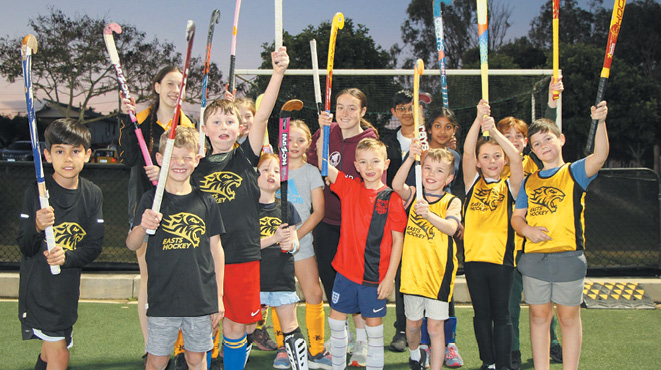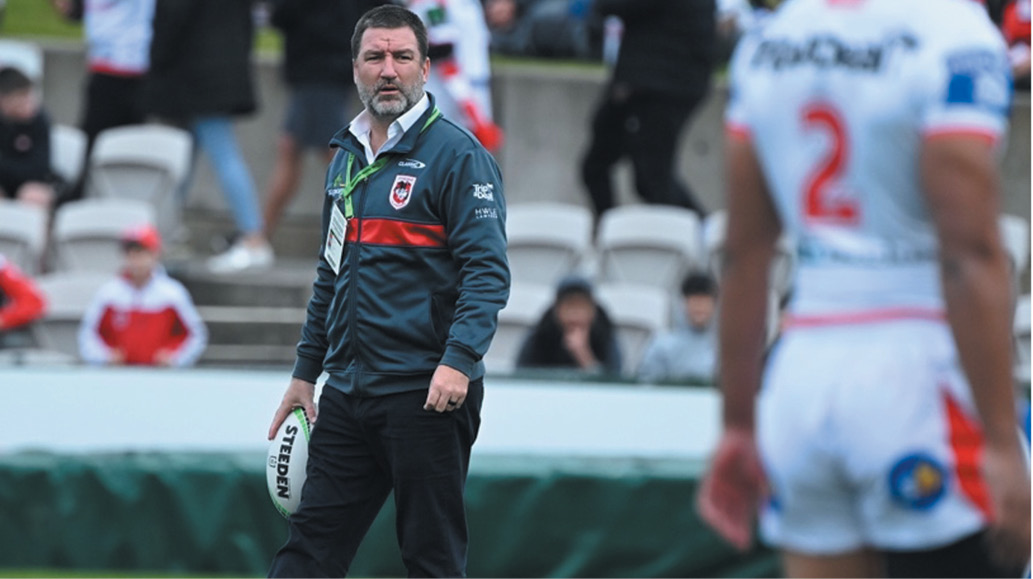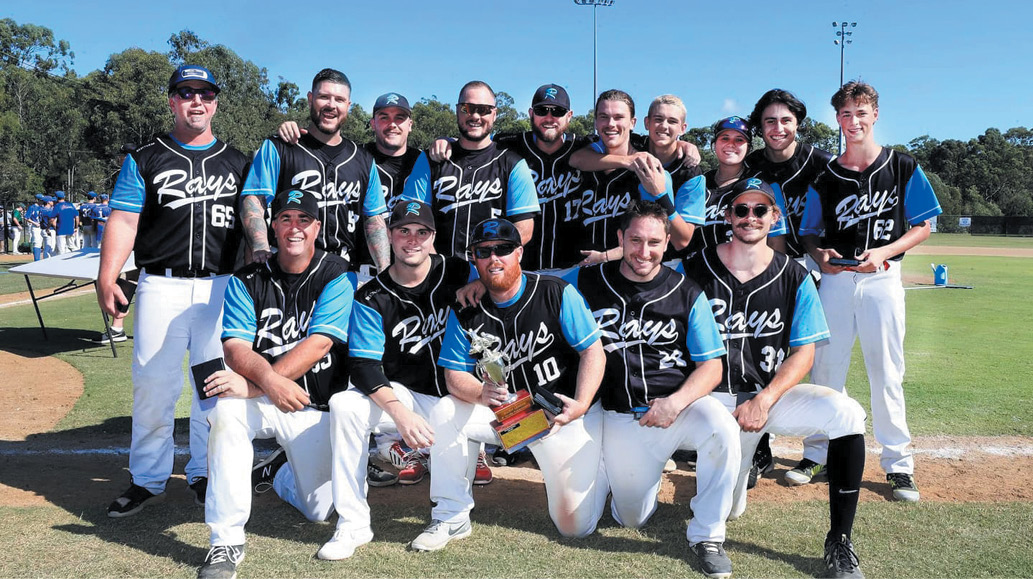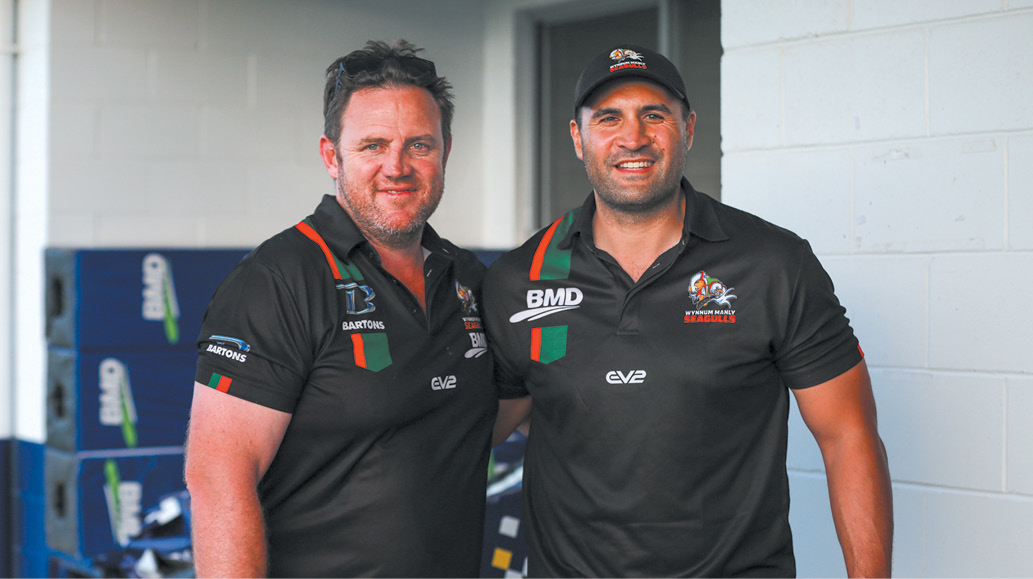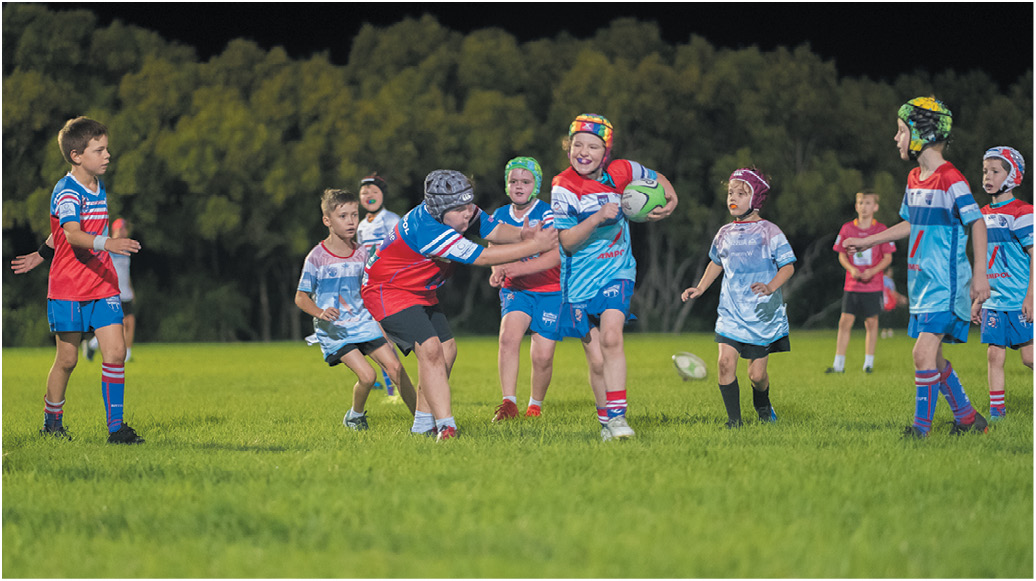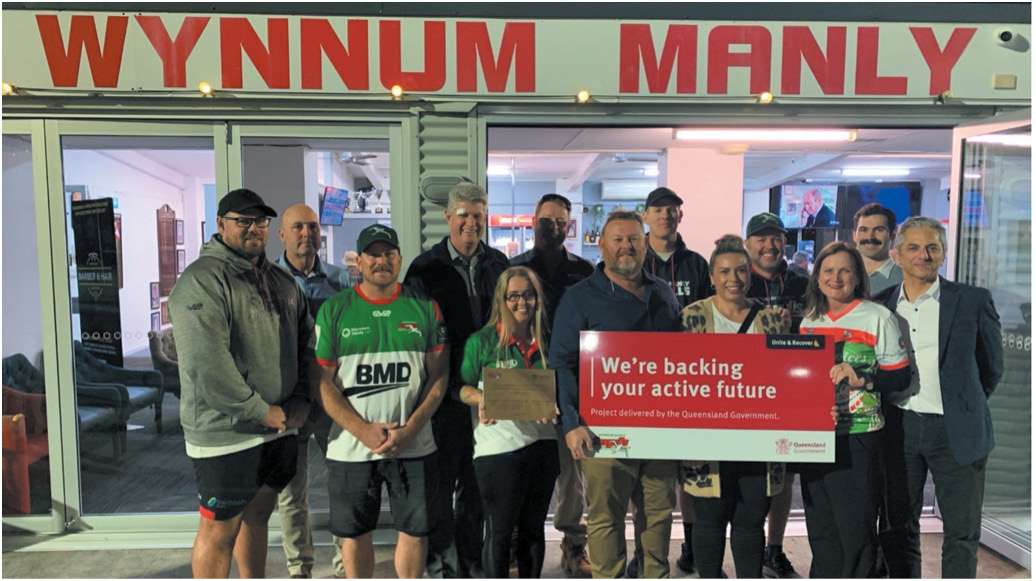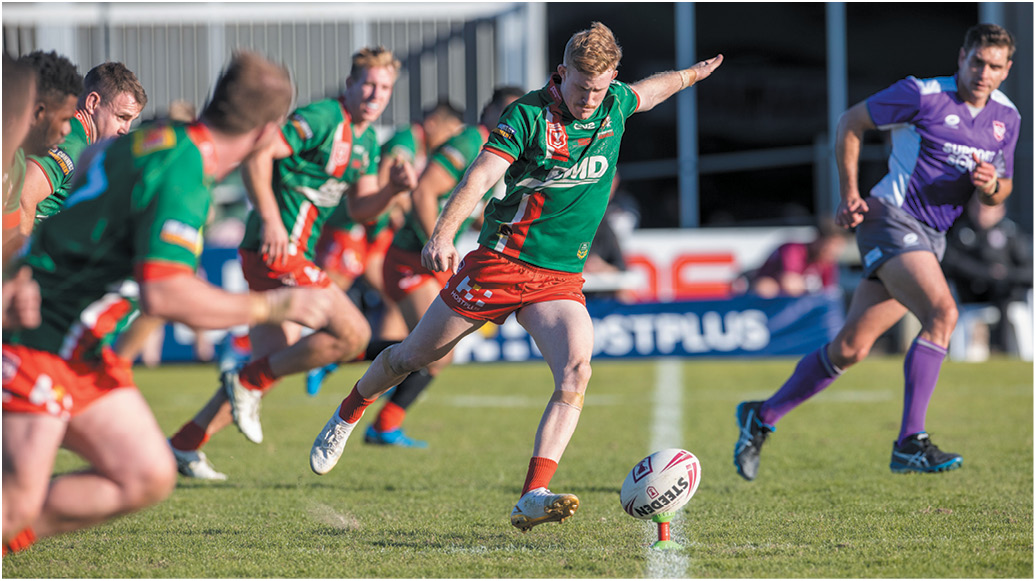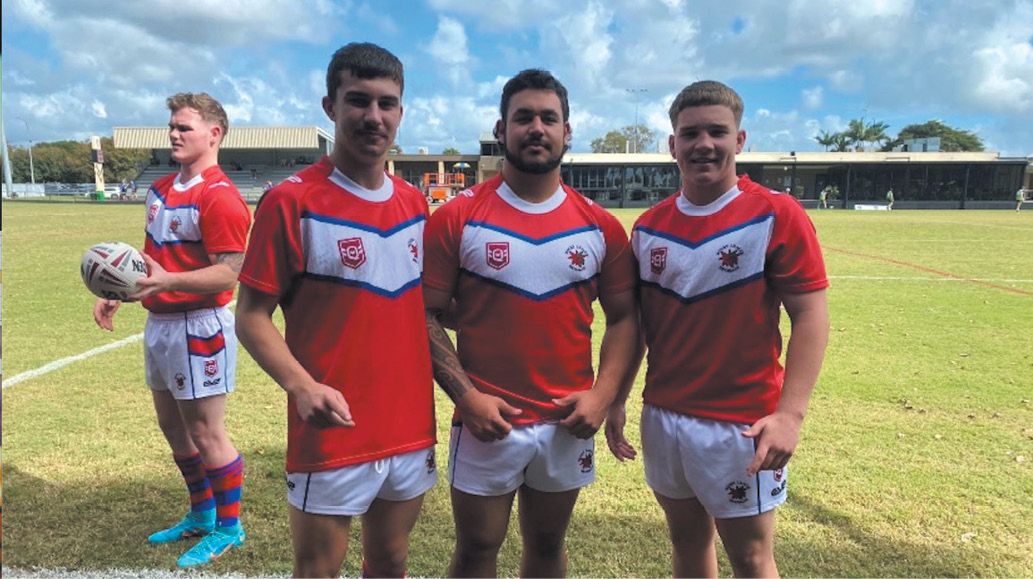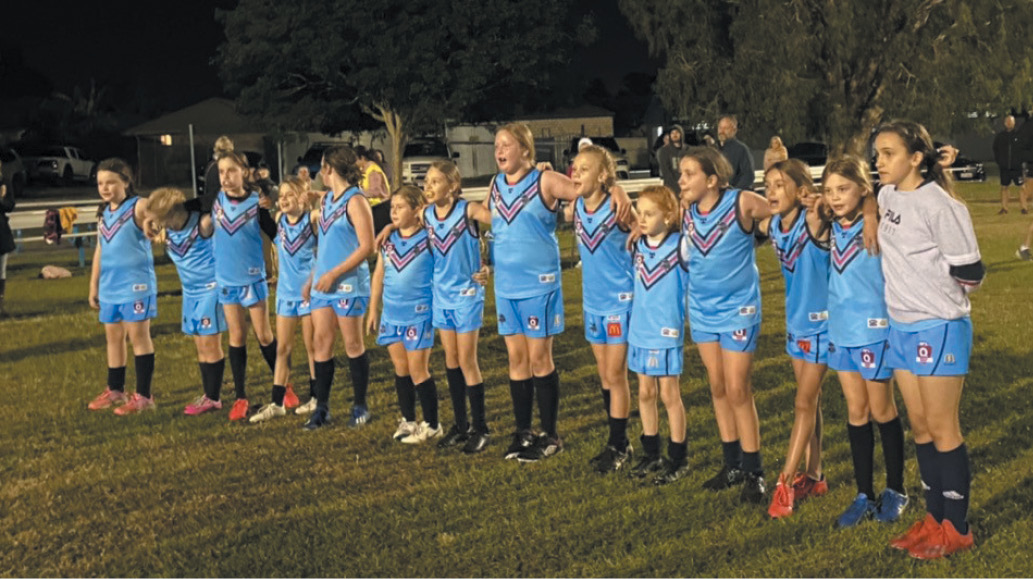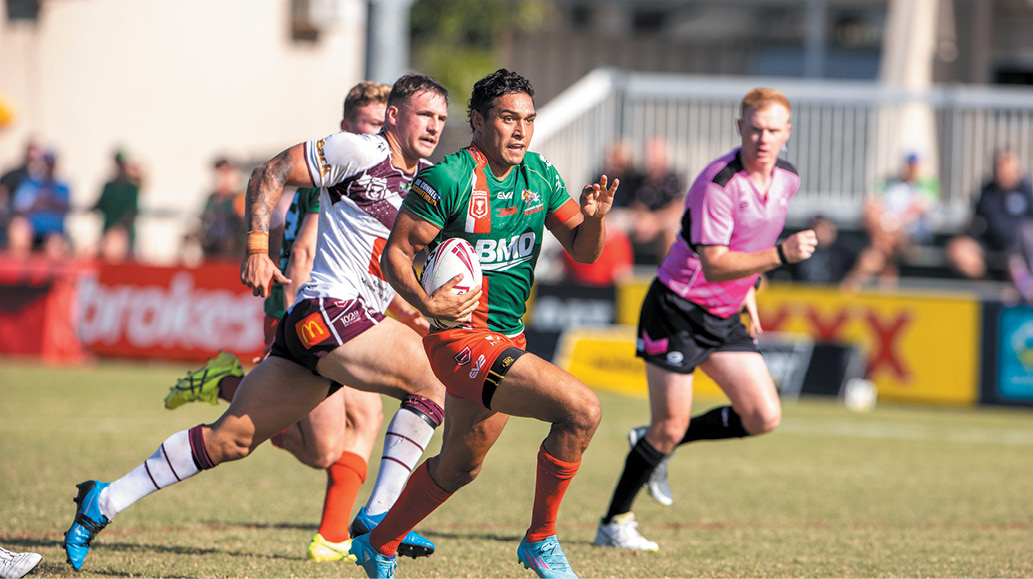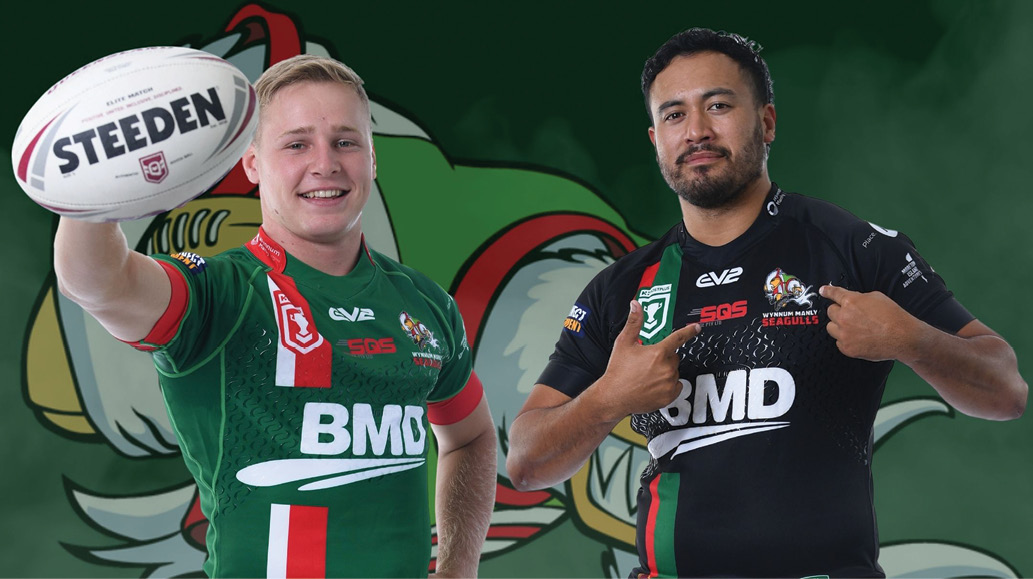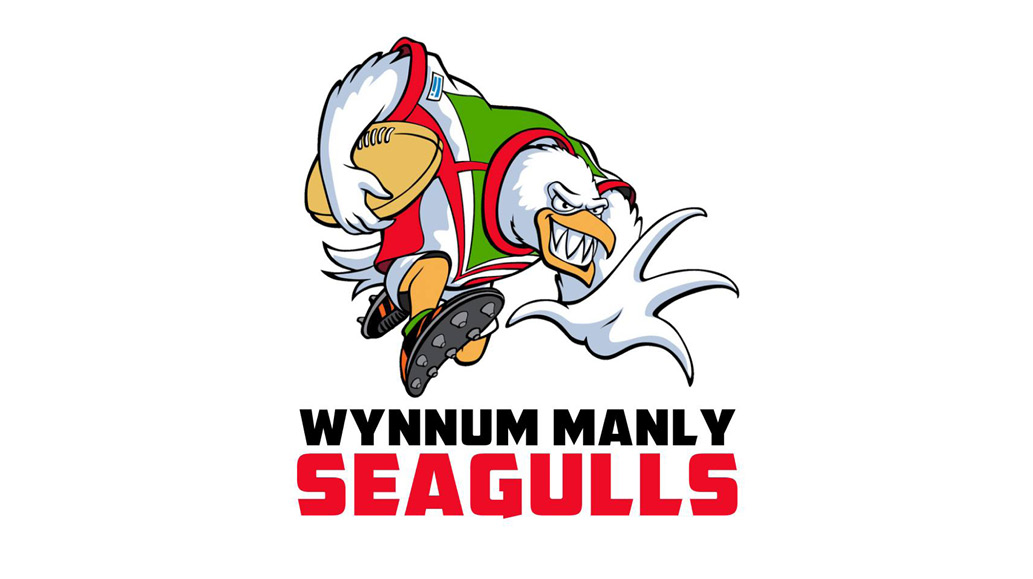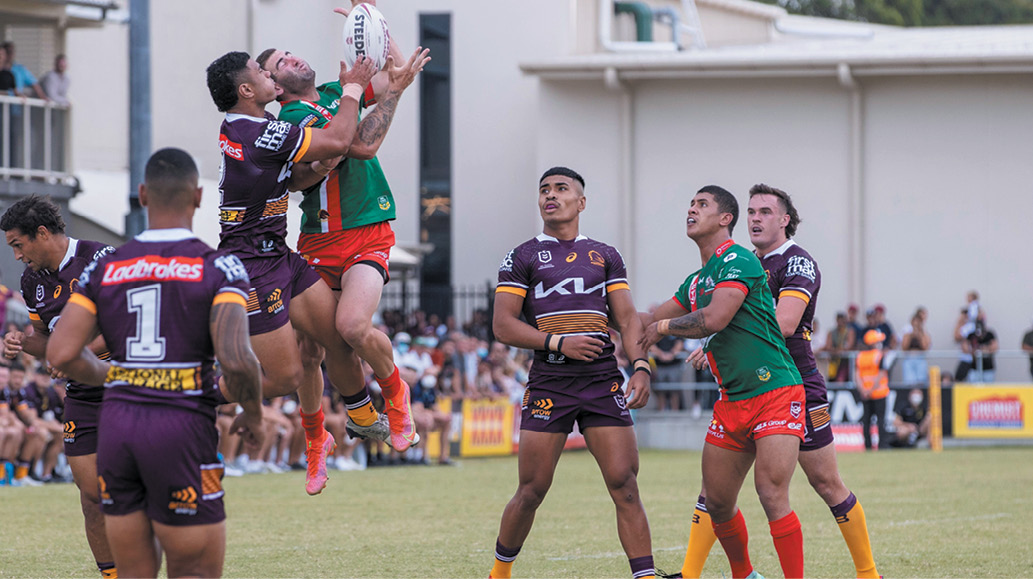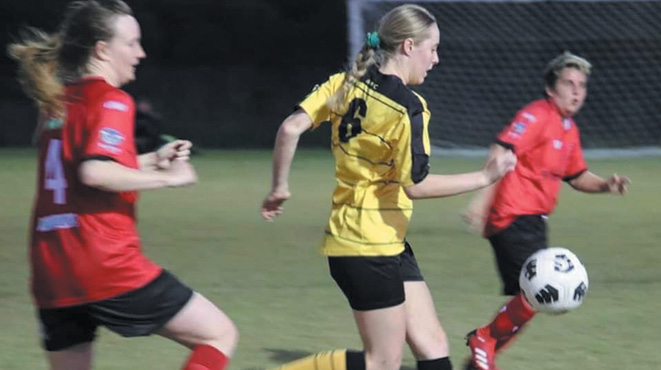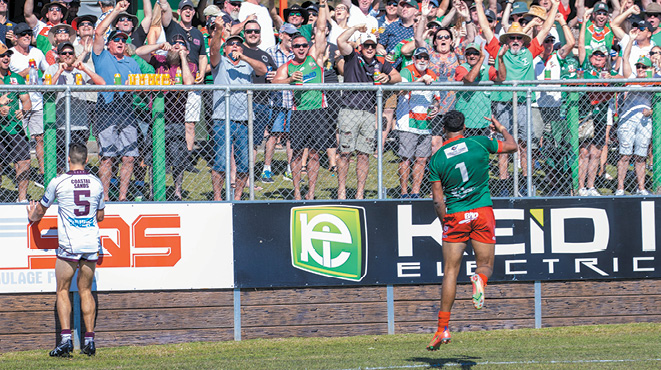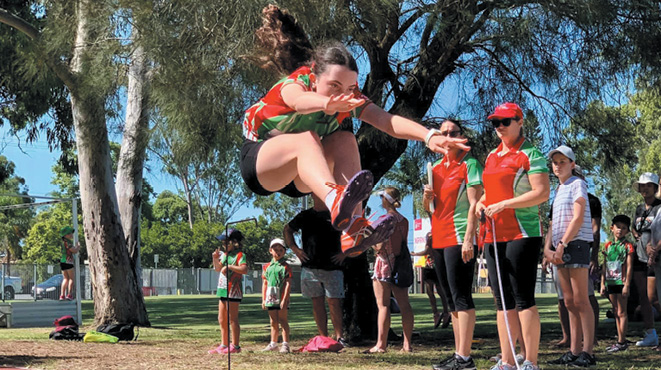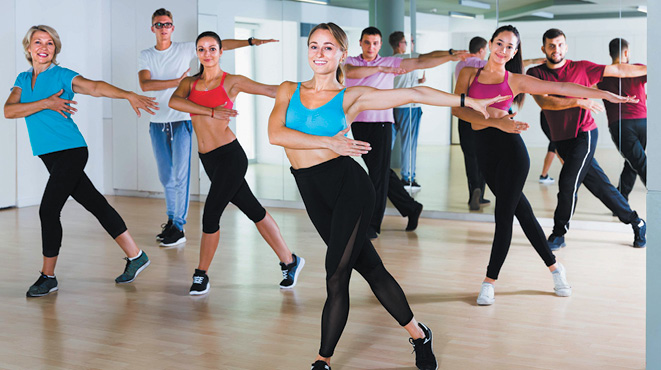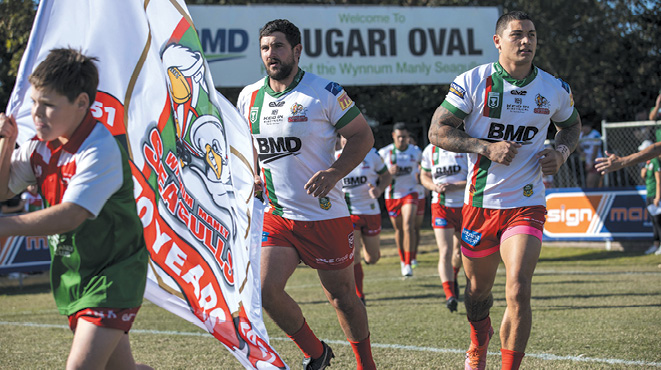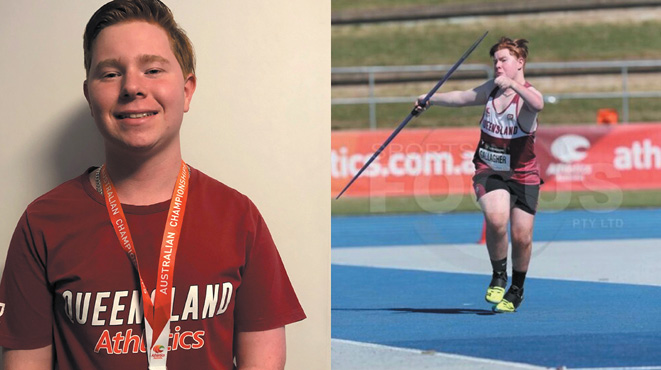Photos: Supplied.
For those of us who grew up with Miss Marple-style pushbikes, the concept of BMX racing is a bit of a quantum leap, but it’s a sport that’s attracting more Australian competitors every year, and some of those riders are proving to be world-class.
For the non-cognoscenti, BMX is a contraction of Bicycle Motocross; BMX bikes are designed for off-road racing and trick riding. BMX racing originated in California and soon migrated to Australia; the classic BMX racetrack is in the shape of a tight letter “M”, providing three sharp corners – edged by berms, or banked turns – and a series of jumps and formidable corrugations, all of which test the ability of the rider to stay in control and keep on track without losing speed.
The Sleeman Sports Centre at Chandler will host the first round of the 2024 AusCycling BMX Racing State Series on the 24th and 25th of February in the lead-up to the BMX World Cup. Auscycling’s Performance and Racing Manager Luke Madill says that the event will be an inspiring contest of skill and grit.
“It will be a contest of the international best,” he says. “The number of qualifying racers determines the number of contestants each country can enter for the Olympics, so every competing country will be putting forward their best riders for this series. Add to that the individual determination of each rider to make the cut, and you get top-class sportsmanship and breathtaking spectator events.”
Professional Supercross racing, open to riders 16 and older, has been around since 1980 but wasn’t accepted into the Olympic pantheon until 2008.
“There are more regulations about racing at the elite Olympic level,” says Luke. “Riders must be at least 19 years old, and the race starts with an eight-metre high entry ramp that really gets the racers off to a flying start.”
Luke says that, as is to be expected with such a physically demanding sport, a rider’s peak performance years are usually between 19 and 30 years of age.
“While some retired racers choose a career as a racing coach, many, accepting that BMX racing rarely provides for a comfortable retirement, spend their racing years preparing for a total career change when they quit the track.
“Like most sports, the more seriously you take it, the more expensive it becomes. You can get a good racing bike for about six hundred dollars, but if you want to compete in the big league, your bike will probably cost you close to eight or nine thousand.”
BMX racing’s popularity was given a boost when it became an Olympic sport.
“Olympic acceptance showed that, though the biggest cohort are eight to 12 year-olds, it isn’t just a sport for kids – it’s an elite international sport,” says Luke.
“And while there are undeniably more men than women in the sport – a ratio of about two to one – the number of women is increasing, particularly in the younger age groups.”
Rounds 2 to 6 will take place in South Australia, Sydney and Perth (“We like to share the love around!”) but those who’d like to see the lift-off for the World Cup can access tickets from www.bmxworldcupbrisbane.com.au. The first International Round, held on the 24th and 25th of February, is free to the public.


